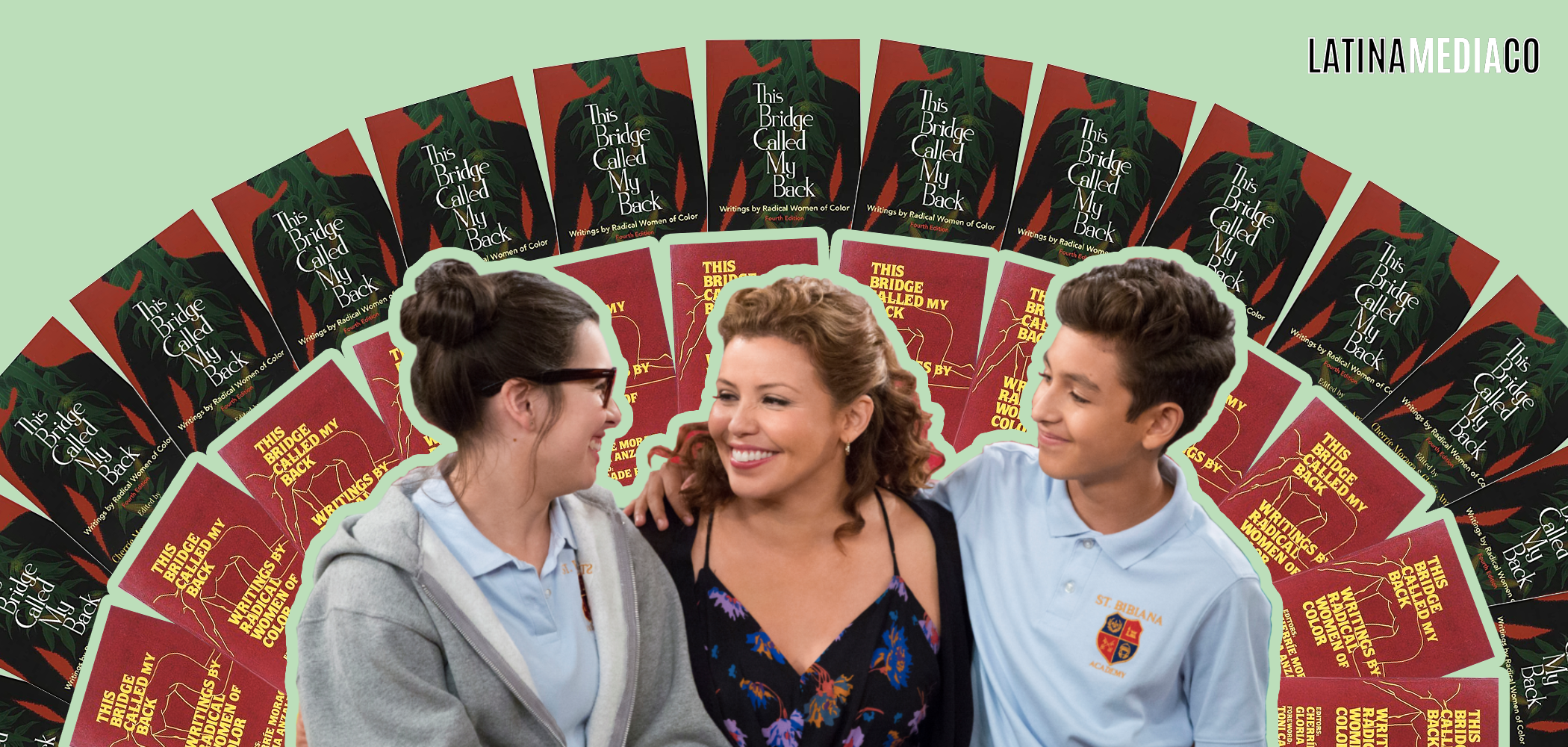The first time I read This Bridge Called My Back, I was a junior in college. My favorite gender studies professor started a book club and bought everyone a copy of the recently released 4th edition. The department loved to talk about intersectionality, even though it was mostly led by white American and European women.
The gender studies department was my haven. As white as it was, no one would dare say, “Oh, I didn’t know Latinas were smart enough to study here,” like the students in my dorm room or science classes. When I joined the book club, I was happy to see Cherré Moraga and Gloria Anzaldúa’s names on the cover.
For queer, first-generation immigrants like myself, This Bridge Called My Back is more than a collection of poems and essays. It’s a cure for wounds we didn’t even know we had. Every sentence simultaneously feels like a punch in the gut and the gentlest hug. The first edition was published in 1981, but it doesn’t read like history at all.
Each story speaks to the tensions of straddling multiple worlds. Translating yourself between cultures, explaining your parents to society and society to your parents, and bridging gaps of understanding in the most intimate settings.
The anthology calls upon all “third world women” to share their stories. Each passage is unique, but tied together by the same thread:
“For although some of us traveled more easily from street corner to street corner….all of us have been victims of the invisible violation which happens indoors and inside ourselves: the self-abnegation, the silence, the constant threat of cultural obliteration.”
When I picked it up again this year, I smiled at the notes my younger self scribbled in pink ink. Then I frowned, because so much of what I highlighted five years ago remains unresolved today.
On Straddling Racial Lines
The biggest punch in the gut during my first read were the paragraphs that relate to straddling racial lines. “I must acknowledge the fact that, physically, I have a choice about [my claim to color],” Cherríe Moraga writes, “in contrast to women who have not had such a choice, and have been abused for their color.”
Moraga manages to deeply capture the experience of being white-passing. The wanting to be white, participating in whiteness, the shock of discovering one’s own color…and then the shock of recognizing our own toxic displays of whiteness. The wanting to be brown, trying to connect with roots and experiences. Then recognizing that there is so much we will never experience.
The same conversations Moraga details in the anthology continue today, now over Tik Tok and other social media platforms. What does it mean to be white? “Third culture”? BIPOC? Mixed?
These labels have morphed over time, taking on different meanings and connotations as demographics, entertainment and laws change. But there’s one thing that remains the same: we are discovering that which could be taught.

We Need More Stories
While we still have a long way to go, the landscape is slowly changing. And the media has a large role in bringing decades of discourse to light.
In 2018, Netflix aired a hard-hitting episode of the series One Day at a Time, diving into how racism affects the Latinx community. The younger brother of the family, Alex, is acting out in school because his classmates tell him to “Go back to Mexico.”
His older sister, Elena, sits with her mom and grandmother and laments how her brother is being treated. The conversation takes a turn when she says, “It’s amazing how lucky I’ve been. Even these days, in this openly racist world, I’ve managed to never have an incident.”
Her mom grimaces. The laugh track plays. Elena freezes in shock.
“What?” She asks, clearly unaware.
“You and your brother,” her mom says with hesitation, “are of different shades.”
The conversation doesn’t stop there. The show dives into internalized racism, the diversity of the Cuban community, colorism and the glorification of whiteness. In 30 minutes, they cover much of what is detailed in This Bridge Called My Back.
This episode gives me hope that there are ways to bring nuance into everyday discussions.
Imagine a world where anthologies by women of color are read as widely as Shakespeare or 1984. If these ideas were explored before our preconceived notions have time to solidify.
Overcoming cultural amnesia requires us to remember. And there is nothing more powerful for fortifying collective memory than storytelling. This Bridge Called My Back is a helluva good place to start, but there are still more stories to be told.

